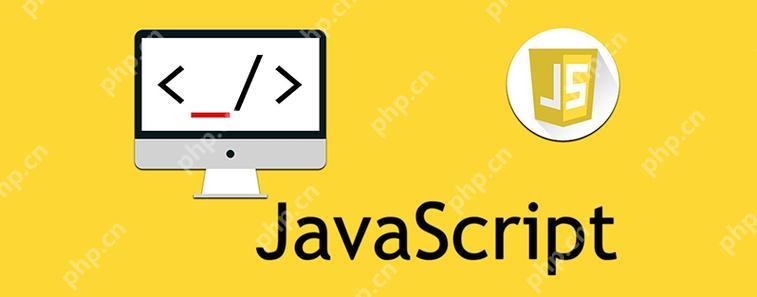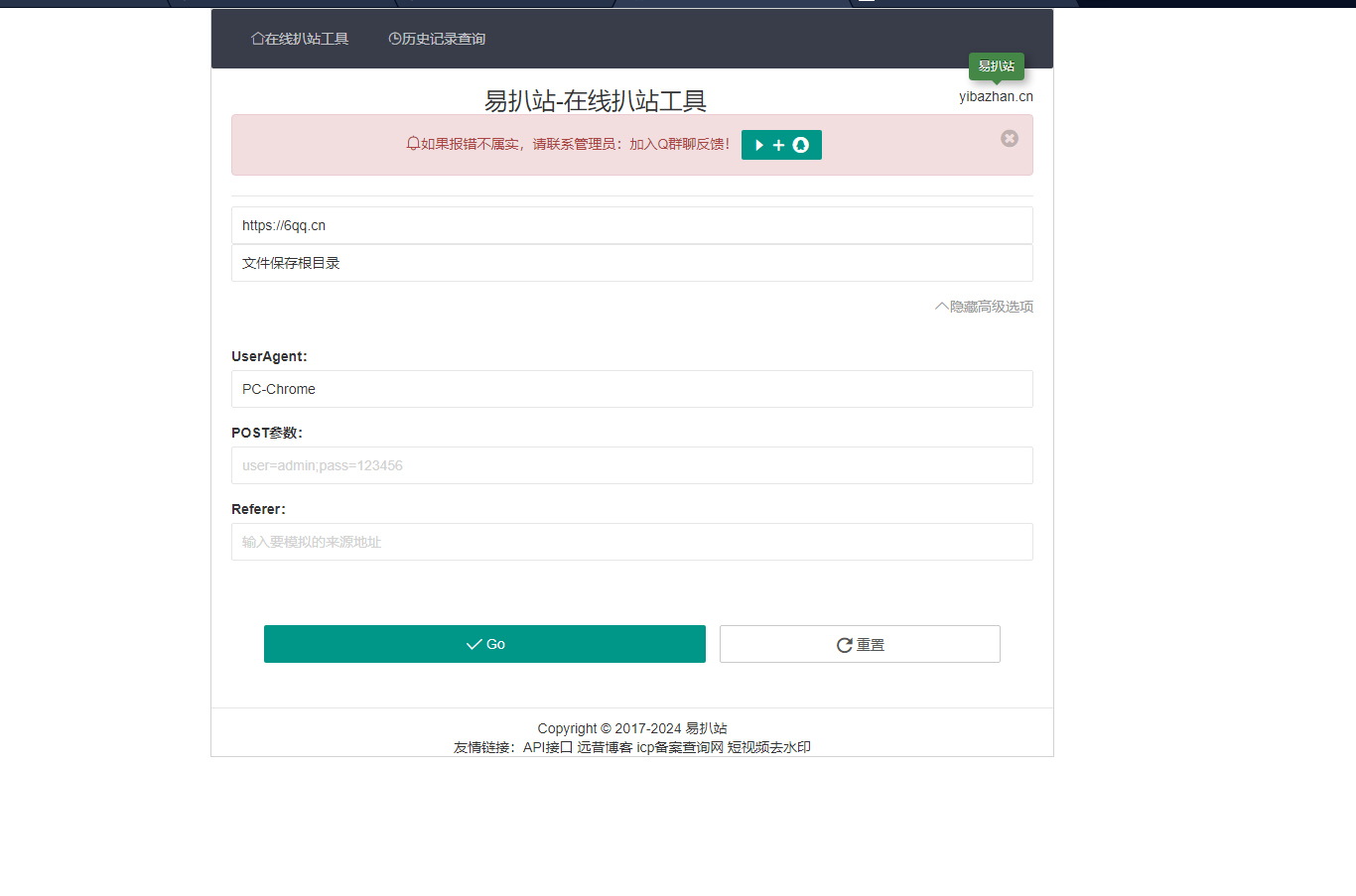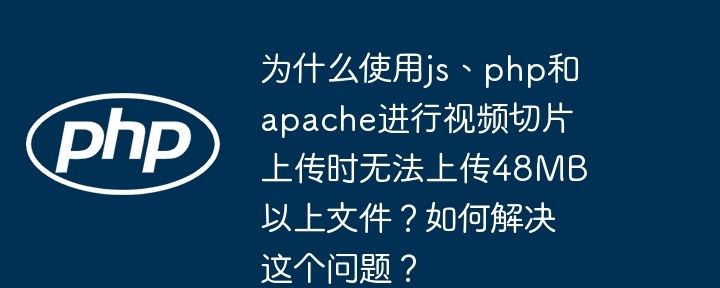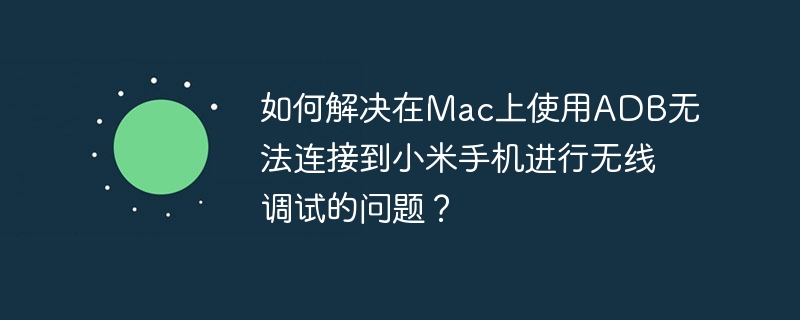在JavaScript中實現倒計時可以使用setinterval、date對象、settimeout等方法。1. 使用setinterval進行基本倒計時。2. 使用date對象和settimeout實現更精確的倒計時。3. 確保清理定時器以避免內存泄漏。4. 使用requestanimationframe優化視覺效果。5. 批量更新dom以提高性能。6. 采用模塊化設計增強可維護性和可擴展性。

在JavaScript中實現倒計時是一項常見的任務,尤其是在構建計時器、倒計時頁面或限時促銷時非常實用。讓我們從最基本的實現開始,然后深入探討一些高級用法和優化技巧。
讓我們從一個簡單的倒計時函數開始吧。這是一個基礎的計時器,設定時間后會每秒減少,直到達到零。
function countdown(seconds) { const interval = setInterval(() => { if (seconds > 0) { console.log(seconds); seconds--; } else { console.log("Time's up!"); clearInterval(interval); } }, 1000); } countdown(5);
這個簡單的倒計時函數使用了setInterval來每秒更新倒計時值。這樣的實現直觀且易于理解,但它也有其局限性,比如無法精確控制時間,因為setInterval的執行可能因為其他任務而延遲。
立即學習“Java免費學習筆記(深入)”;
如果你想讓倒計時更加精確,可以考慮使用Date對象來計算時間差,這樣能更好地控制時間的流逝。
function preciseCountdown(endTime) { const updateCountdown = () => { const now = new Date().getTime(); const distance = endTime - now; if (distance <p>這種方法使用setTimeout來確保每秒更新一次,這樣可以更好地控制時間的精度。然而,這種方法需要更多的代碼來管理時間差和更新邏輯。</p><p>現在,讓我們來討論一下在實際應用中可能會遇到的問題和一些優化技巧。</p><p>在實現倒計時功能時,常見的錯誤包括沒有正確清理定時器,這可能會導致內存泄漏。確保在不需要時清除定時器非常重要。</p><pre class="brush:javascript;toolbar:false;">let timerId; function startCountdown(seconds) { timerId = setInterval(() => { if (seconds > 0) { console.log(seconds); seconds--; } else { console.log("Time's up!"); clearInterval(timerId); } }, 1000); } function stopCountdown() { if (timerId) { clearInterval(timerId); timerId = null; } } startCountdown(10); // 稍后可以調用 stopCountdown() 來停止計時
此外,在用戶界面中展示倒計時時,確保倒計時的顯示不會卡頓。可以考慮使用requestAnimationFrame來優化視覺效果。
function smoothCountdown(seconds) { let startTime = null; function update(time) { if (!startTime) startTime = time; const elapsed = time - startTime; const remaining = Math.max(0, seconds - Math.floor(elapsed / 1000)); if (remaining > 0) { console.log(remaining); requestAnimationFrame(update); } else { console.log("Time's up!"); } } requestAnimationFrame(update); } smoothCountdown(5);
這種方法利用了瀏覽器的渲染循環,可以確保倒計時的更新與屏幕刷新同步,提供更平滑的視覺效果。
最后,在性能優化方面,避免頻繁的DOM操作是一個關鍵點。如果你需要更新倒計時在頁面上的顯示,考慮批量更新而不是每次計時器觸發時都更新DOM。
function optimizedCountdown(seconds) { let remaining = seconds; const interval = setInterval(() => { if (remaining > 0) { remaining--; updateDisplay(remaining); } else { console.log("Time's up!"); clearInterval(interval); } }, 1000); } function updateDisplay(seconds) { // 假設有一個DOM元素用于顯示倒計時 document.getElementById('countdown').textContent = seconds; } optimizedCountdown(10);
在實際應用中,確保你的倒計時邏輯是可維護和可擴展的。考慮使用模塊化設計,將倒計時邏輯封裝在一個獨立的模塊中,這樣可以更容易地進行測試和重用。
const Countdown = { start: function(seconds, callback) { let remaining = seconds; const interval = setInterval(() => { if (remaining > 0) { callback(remaining); remaining--; } else { callback(0); clearInterval(interval); } }, 1000); return interval; }, stop: function(intervalId) { clearInterval(intervalId); } }; const intervalId = Countdown.start(10, (seconds) => { console.log(seconds); }); // 稍后可以調用 Countdown.stop(intervalId) 來停止計時
通過這種方式,你可以更靈活地管理倒計時邏輯,并在不同的上下文中重用它。
總之,JavaScript中的倒計時實現可以從簡單到復雜,關鍵在于根據具體需求選擇合適的方法。無論是基本的setInterval還是更精確的Date對象使用,都要注意性能優化和錯誤處理,以確保倒計時的穩定性和用戶體驗。



















